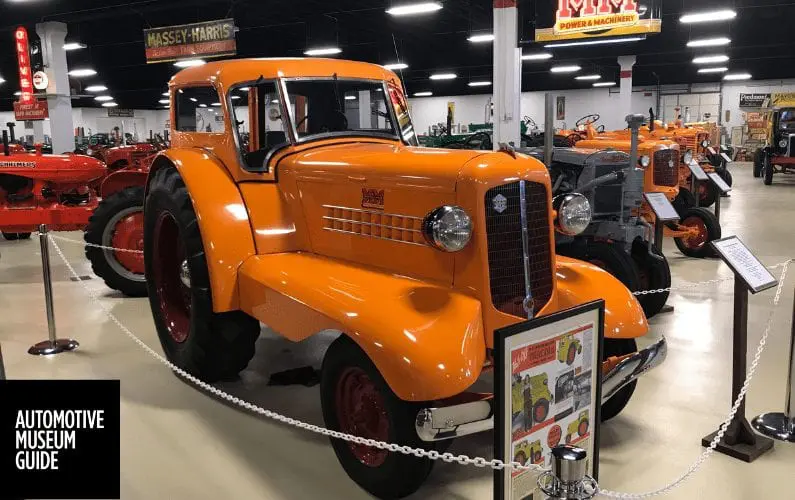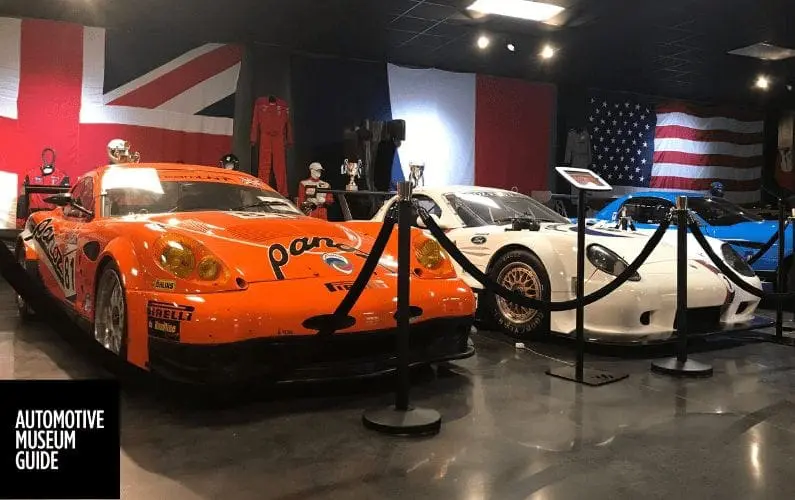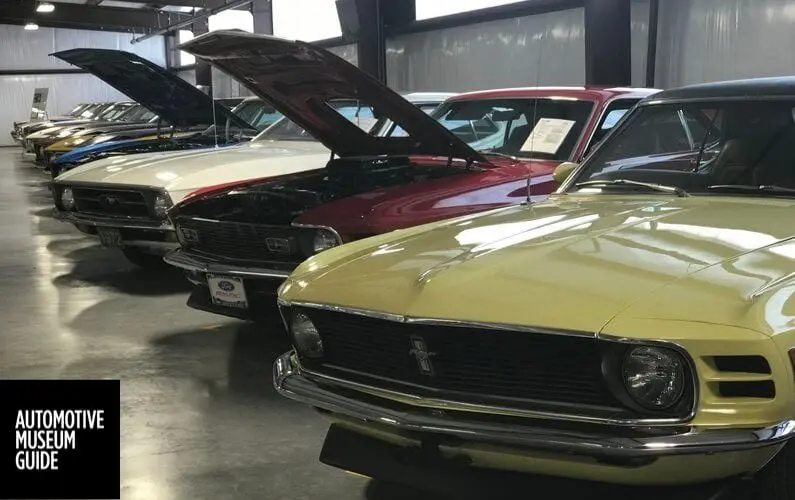A Visit To The Pontiac-Oakland Car Museum
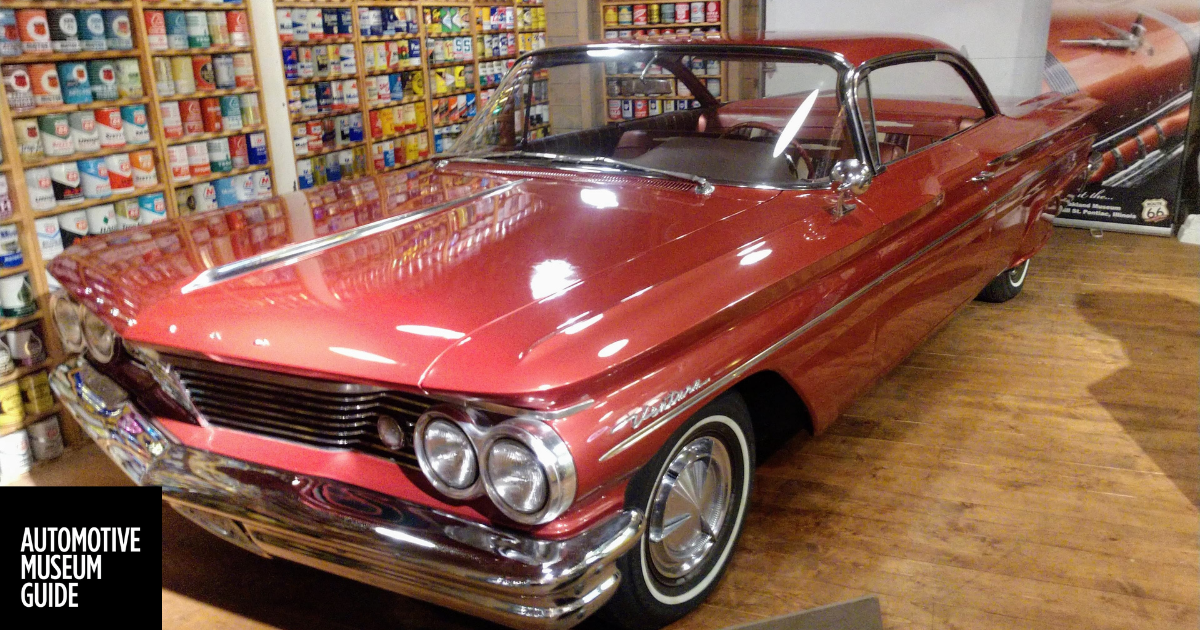
If you stand on the street in front of the Pontiac-Oakland Car Museum in Pontiac, Illinois, you’ll hear music. It comes not from the museum but from speakers mounted around the courthouse across the street; and given that all the songs I heard also can be found on my own car stereo’s USB collection, I’d say they were not chosen by someone the least bit young, hip or edgy. These songs are meant to assuage the aging baby-boomer generation (I’m bringing up the rear of that group, I guess), to keep our blood pressure in check, and possibly to discourage the pointless loitering of youth. It is the 21st-Century version of Elevator Music.
It does, though, set an appropriate mood for the Pontiac-Oakland. This small — very small — collection of cars, like that music, is meant to be familiar, comfortable, and inoffensive. It is not intended to enlighten, to stretch the visitor’s horizons in the least except by accident. It is less a museum than a collection of a few locally-owned old cars in good condition and of particular marques. They are nicely restored, clean and polished, and displayed much as the department store windows of bygone days would display ladies’ fashions in their street-facing windows. Look, and move on.
The display consists of only 16 cars, a few cases of relevant memorabilia, and a small gift shop; to the side, closed off by glass walls from public access, is an impressive-looking library. Presumably, all those books and papers contain information about Pontiac and Oakland cars. Yet the information given about the cars on display ranges from none at all to the bare minimum. Most cars have a sign that gives the year and model, the number built, and the name of the car’s owner. The rest have no signage at all. This museum makes no effort to educate, despite that impressive-looking library.
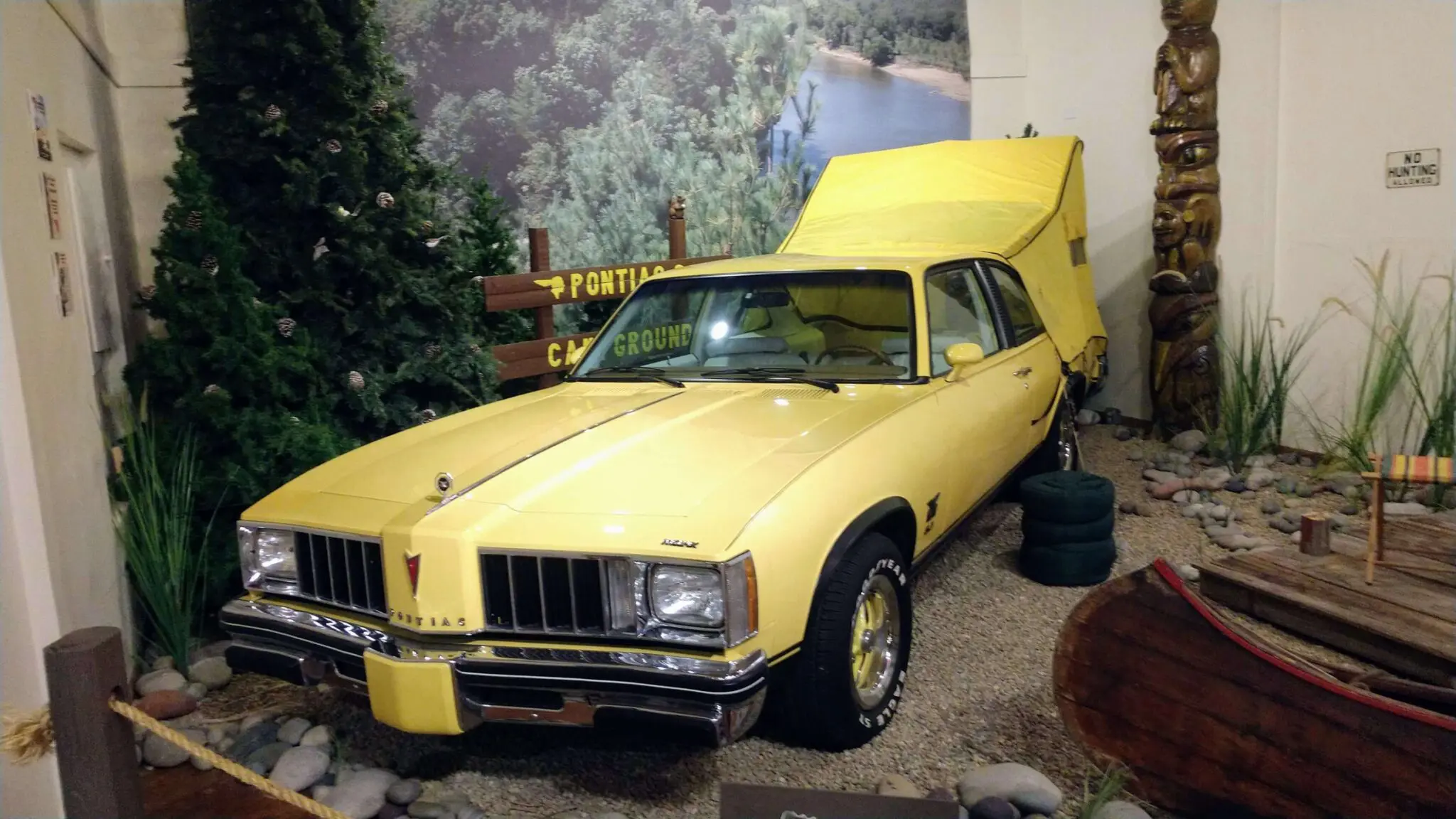
Consider the 1978 Pontiac Phoenix Hatchback, set up diorama-like with a tent exploding from its rear end. What does that look like from the back? Was it an available option for buyers of the car? (It looks like it might have been.) What would such a thing add to the price of the car? How many people sprang for the tent thing? In 1978, the American auto industry was still recovering from the 1973 Gas Crisis, the switch to unleaded gasoline, and the introduction of regulations requiring catalytic converters. I remember how crappy American cars were in those years overall. Hell, I owned one of them (a ’76 Monte Carlo, which, despite its limitations, I loved). Did the ’78 Phoenix manage to introduce anything innovative? (The tent was an oddity but not an innovation; VW Microbuses had had tents built-in long before, and I’ve seen similar things on cars going back all the way to the 1930s, if not before that.) These questions are not answered.
Or the 1960 Pontiac Ventura. A beautiful car, built near the culmination of America’s love of exuberant design and displayed in the milieu of a service bay. Don’t you know I’d love to be able to walk around and see what those backlights look like? How the fins are treated? The rear bumper, the trunk lock? Just how big is that trunk? Small things, and yes, I’m sure I’ve seen all those things before, on previous 1960 Pontiac Venturas that have passed through my life since that year. Luckily for me, I live in the age of the internet, where I can see pictures of the back end of a 1960 Pontiac Ventura any time I want. But standing there, in front of an actual life-size 1960 Pontiac Ventura and wondering about what I couldn’t see, it didn’t occur to me that a photograph on my tiny cellphone screen would be adequate.
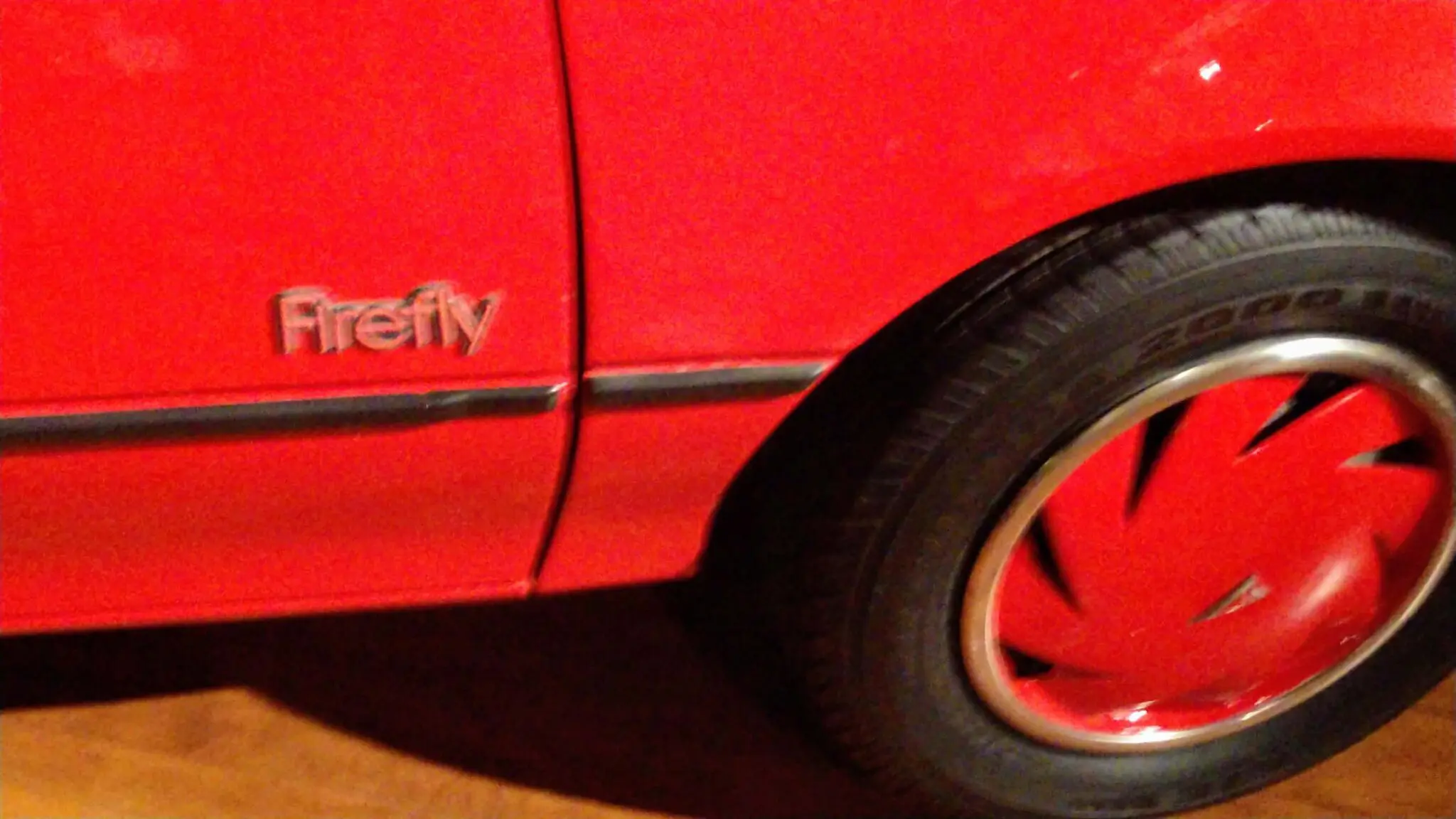
And just what the hell is a Pontiac Firefly? Was it just so supremely unsuccessful that I never saw one or knew of its existence in the world? And what’s the relationship of Pontiac Motor Division to Oakland? Why do they share a museum? (I actually have some idea of that, but how many visitors to the museum don’t?) How much effort would it take to answer these basic questions? Too much, it seems, for the Pontiac-Oakland Car Museum.
I left, feeling actually pissed off that I’d gone so far out of my way to see the Pontiac-Oakland Museum. Never mind the other places I went to; the car museum was my reason for what was, in essence, a half-day detour from where I was going. And for sixteen cars and almost no information. (It certainly didn’t help that, just yesterday, I’d visited such a large and well-presented car collection in Coralville, Iowa.) The fact that it was free to see these sixteen cars is small consolation for the time wasted.
By Passepartout22
Automotive Museum Guide Contributor
Images by Passepartout22
.
Sign up for updates
YOU MAY ALSO LIKE
Visiting Keystone Truck and Tractor Museum
The Keystone Truck and Tractor Museum in Colonial Heights, Virginia is a fantastic automotive museum full of over 150 antique tractors and more.
Visiting the Tampa Bay Automobile Museum
The Tampa Bay Automobile Museum is a must stop place if you're in the Tampa, FL area. If you're cruising out of Tampa take a few extra hours and stop by.
The Panoz Museum
The Panoz Museum in Hoschton, Georgia is a must stop for any automotive enthusiast, especially race fans. Not only is the Panoz hand made right on site but they also display various models in the museum, as well as some of the actual race cars and racing...
Visiting the Mustang Museum of America
I recently had the opportunity to visit the Mustang Museum of America in Odenville, Alabama and I've got to say I was really impressed especially once I was told how recently the museum started.
automotive museum guide
get updates
Sign up to get updates about automotive museums right to your mailbox. Don't miss a thing. It's FREE.


















